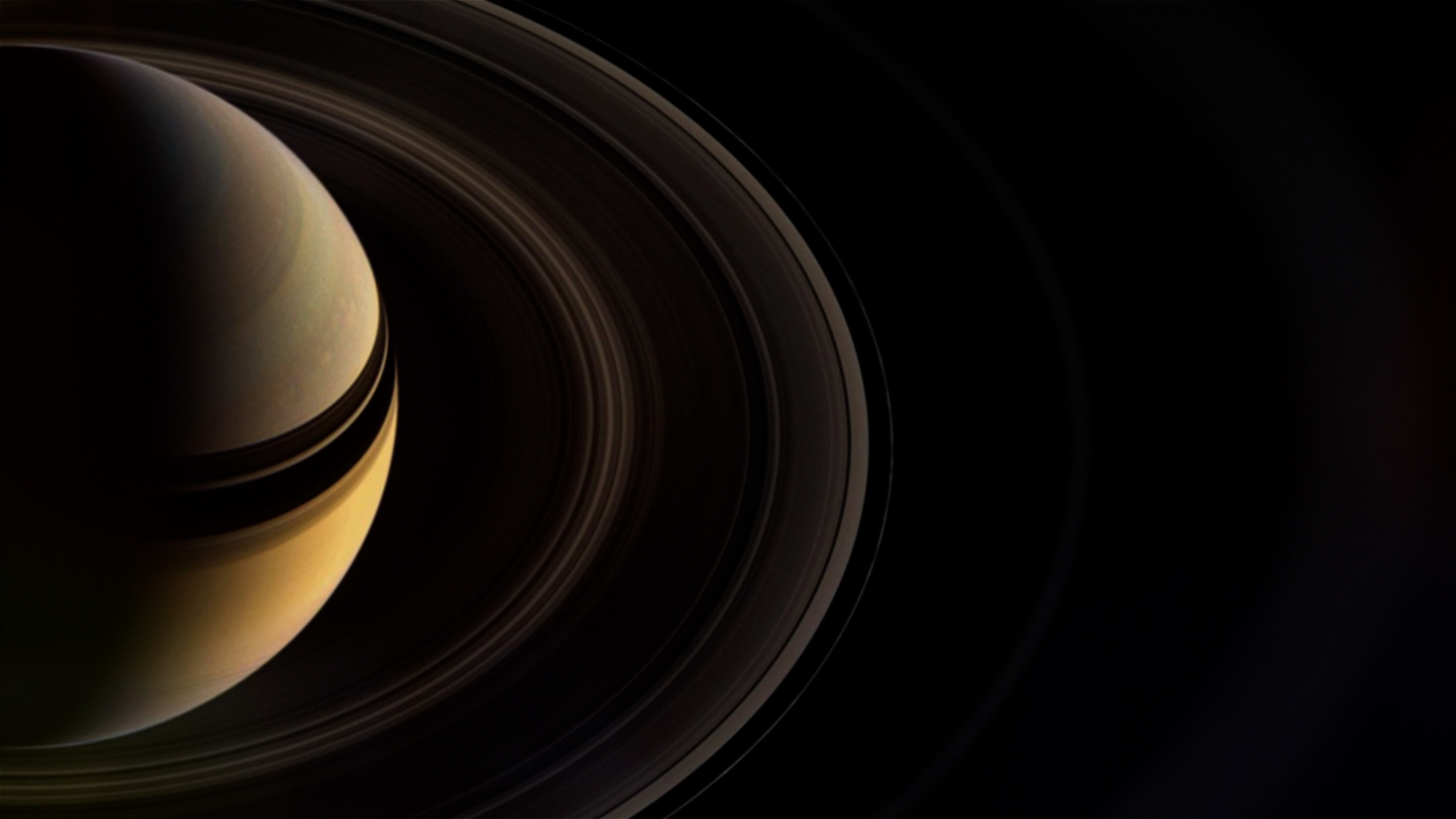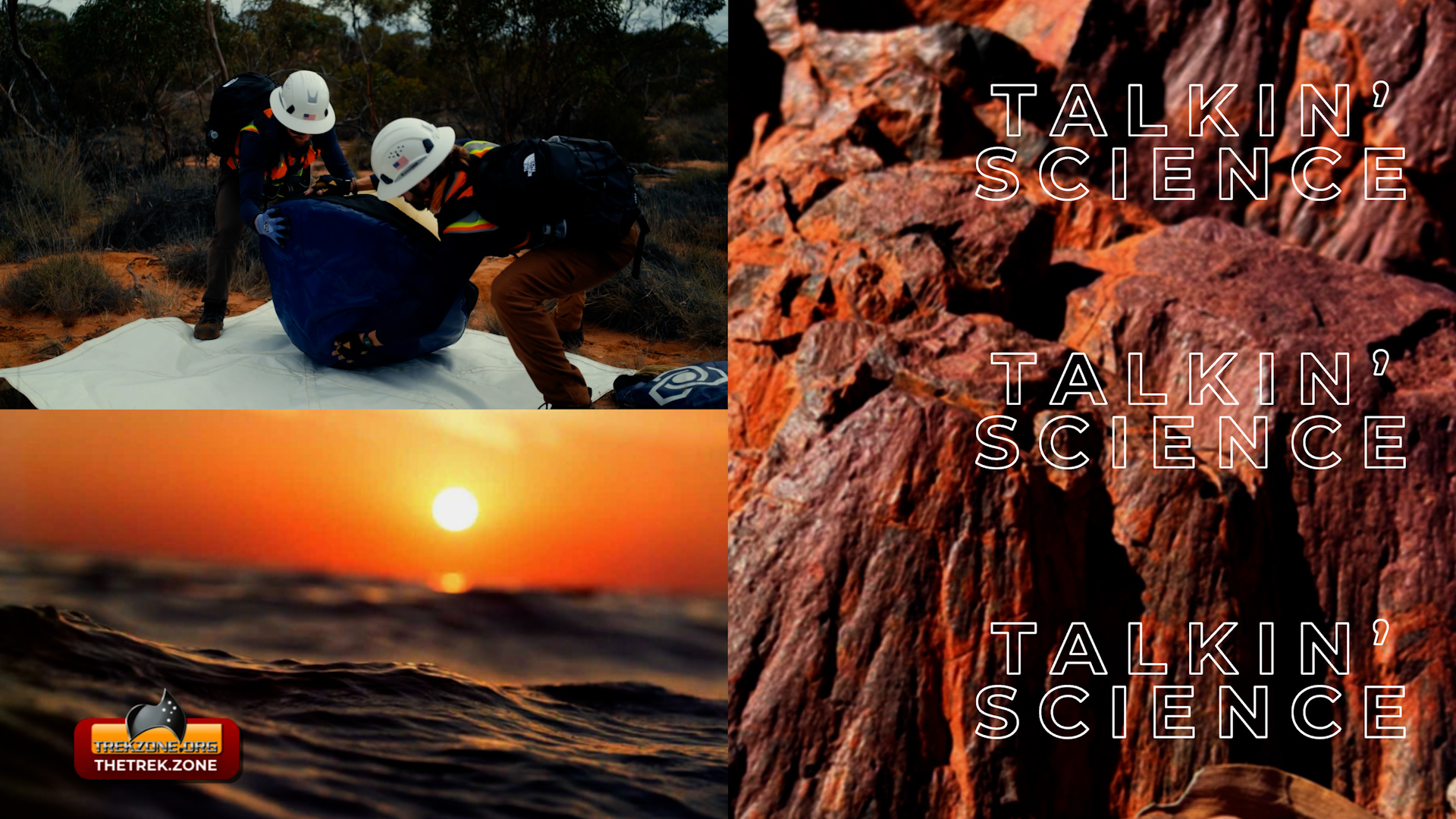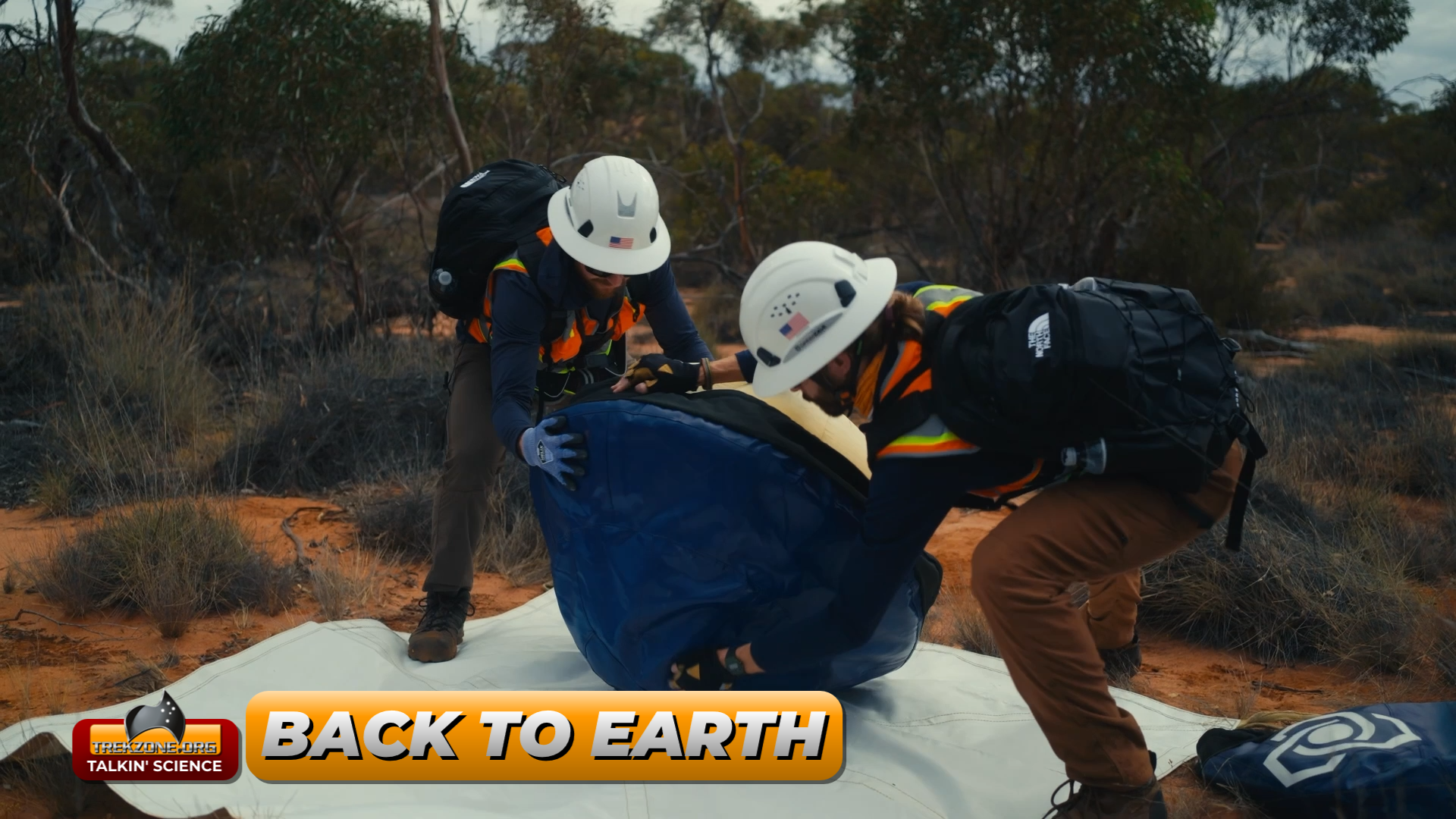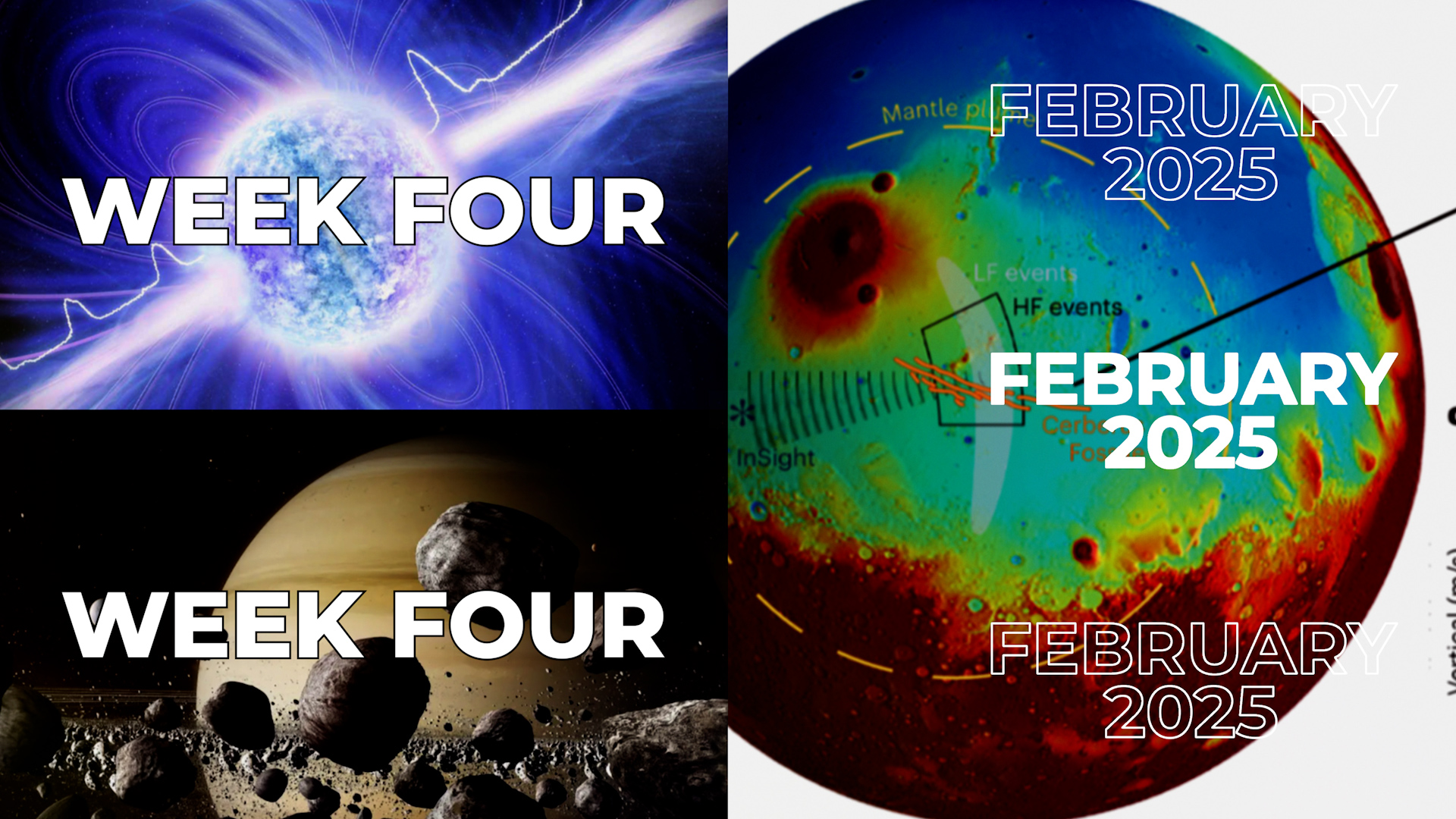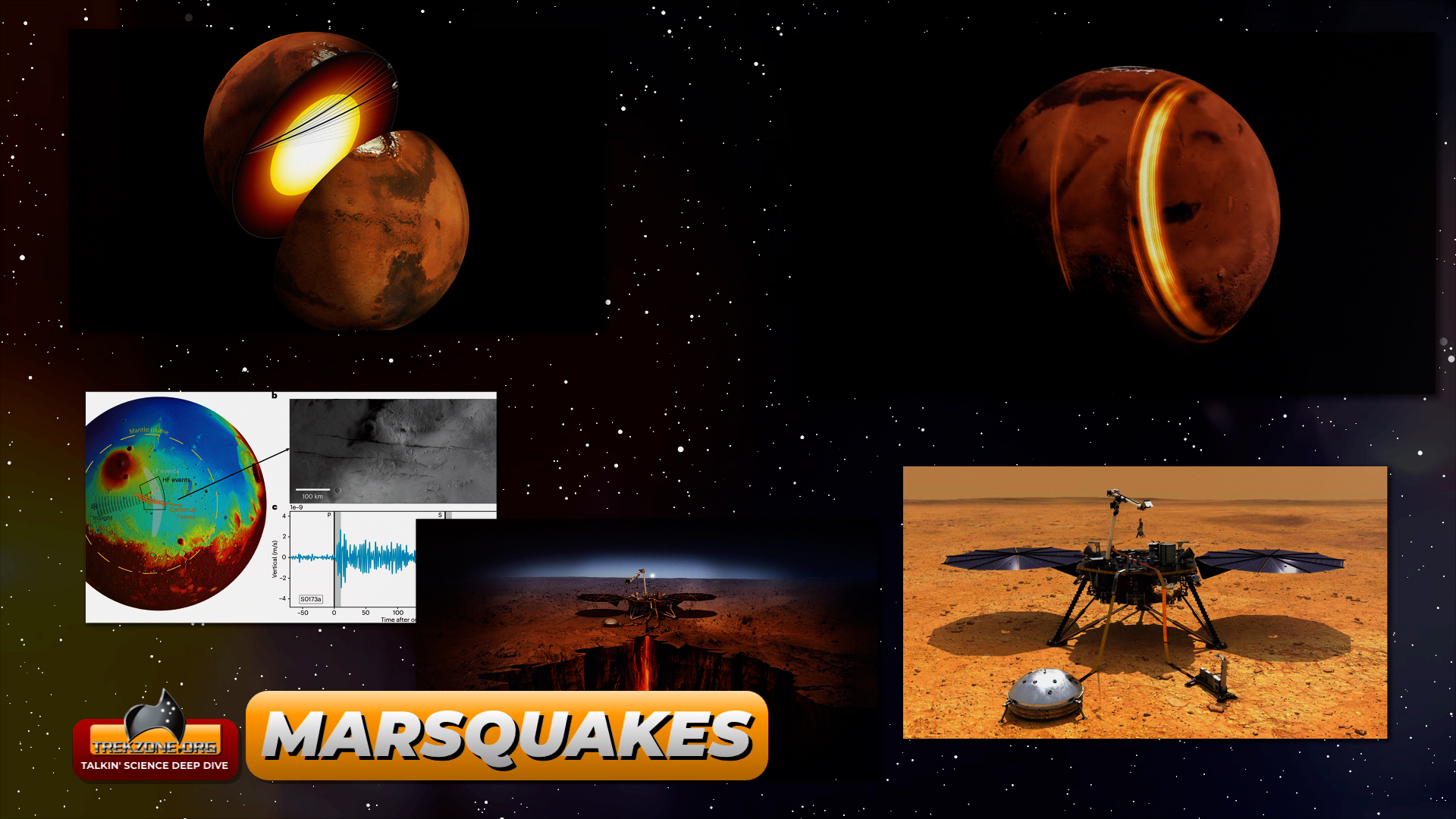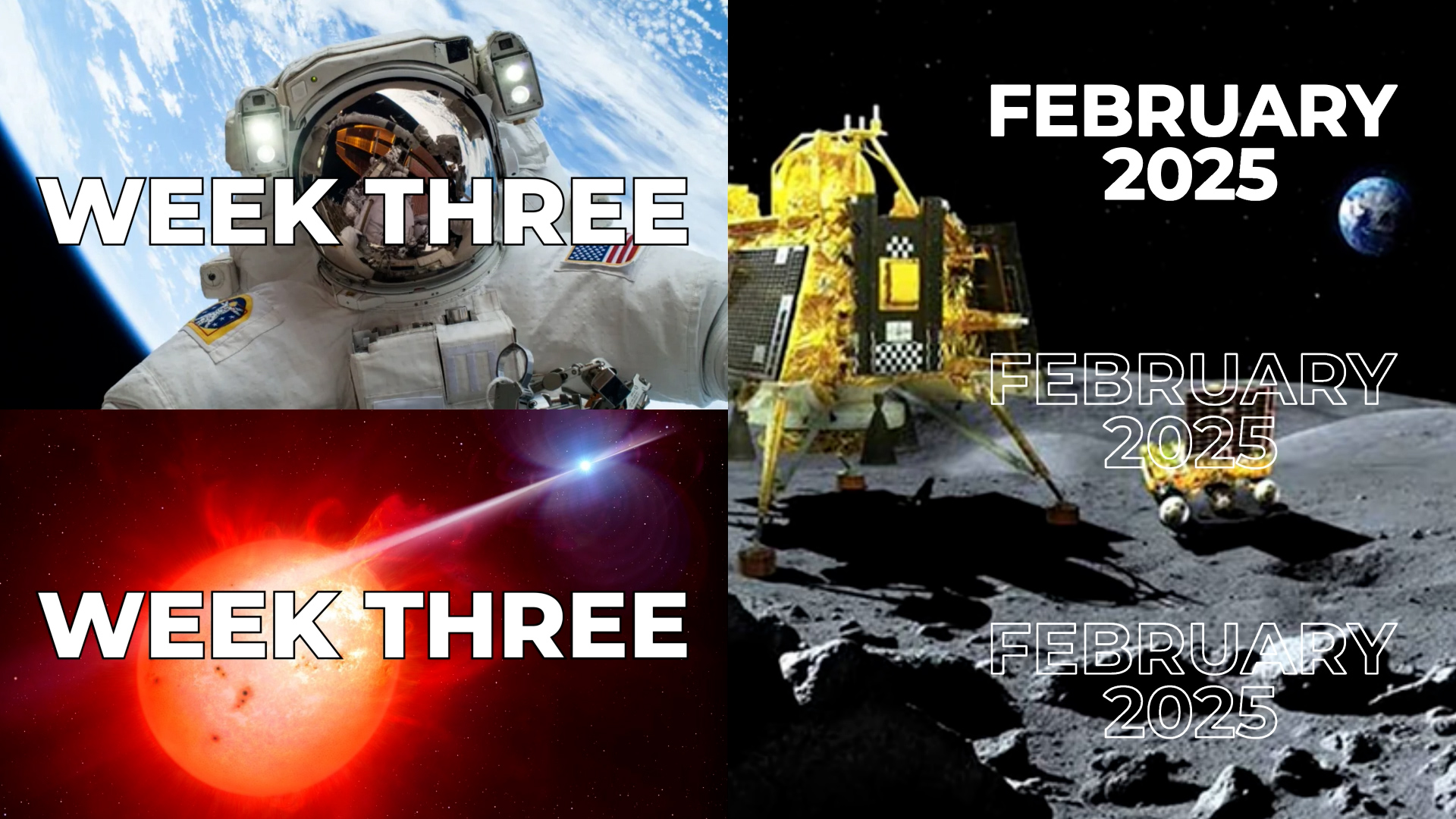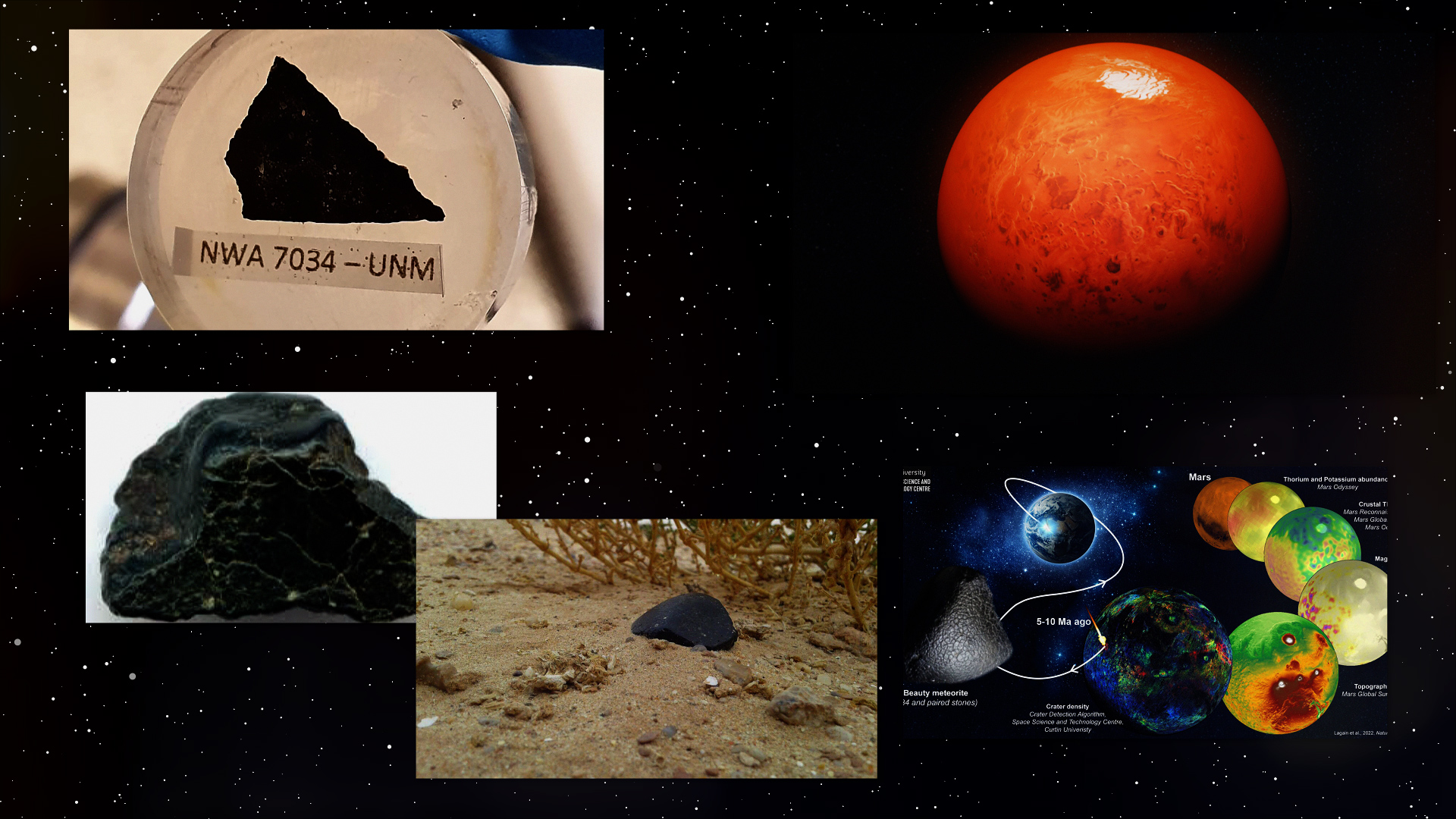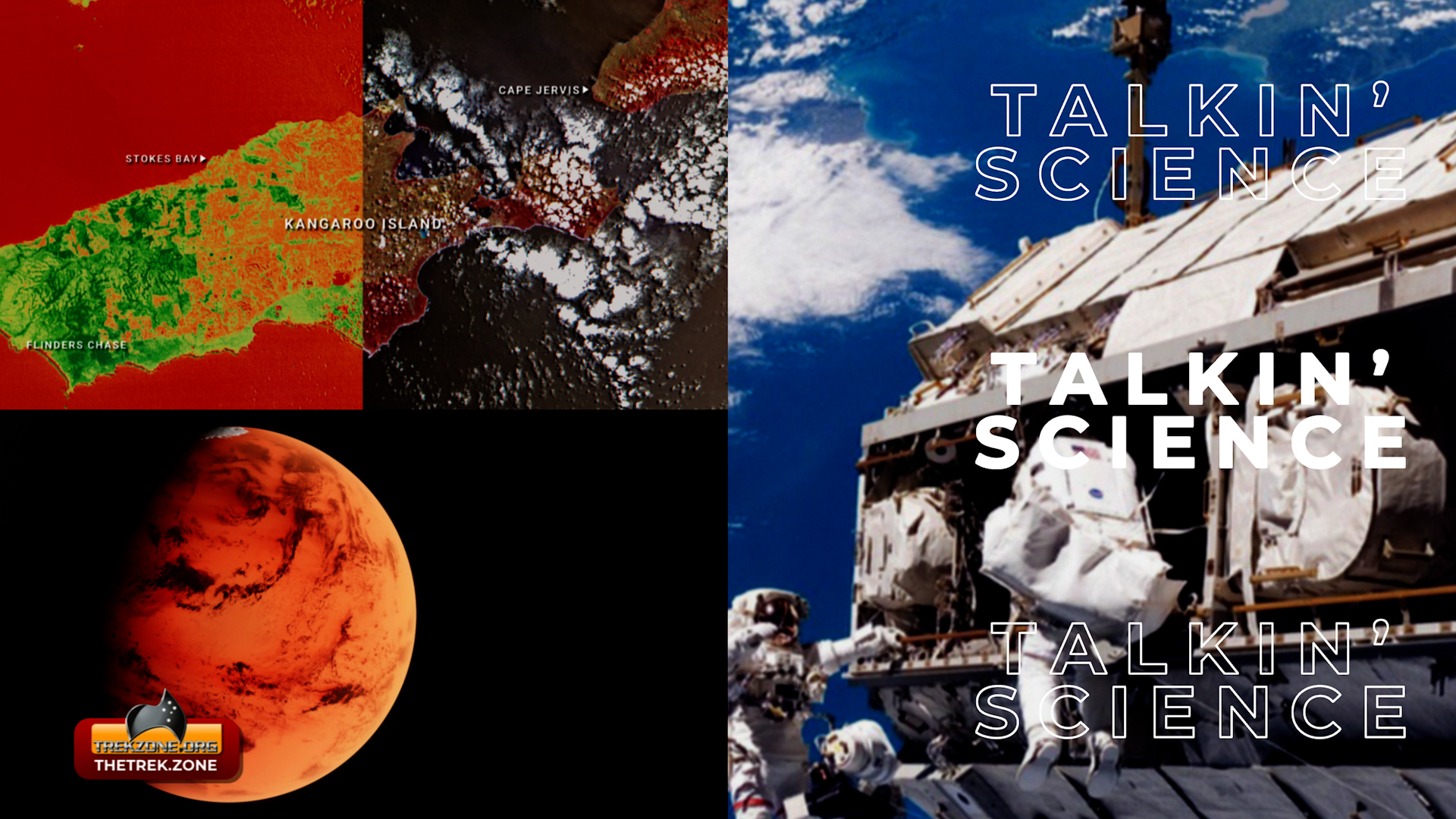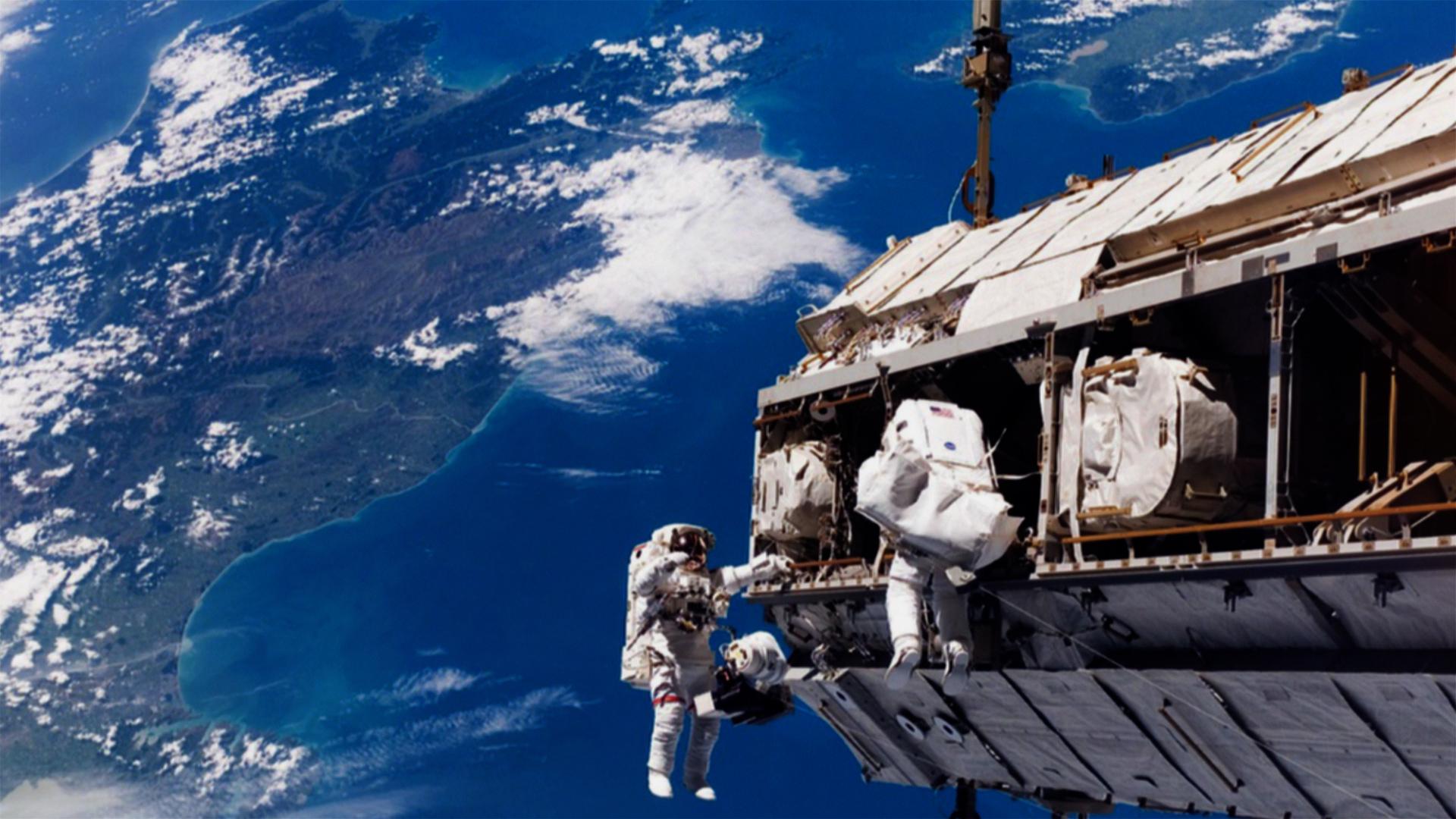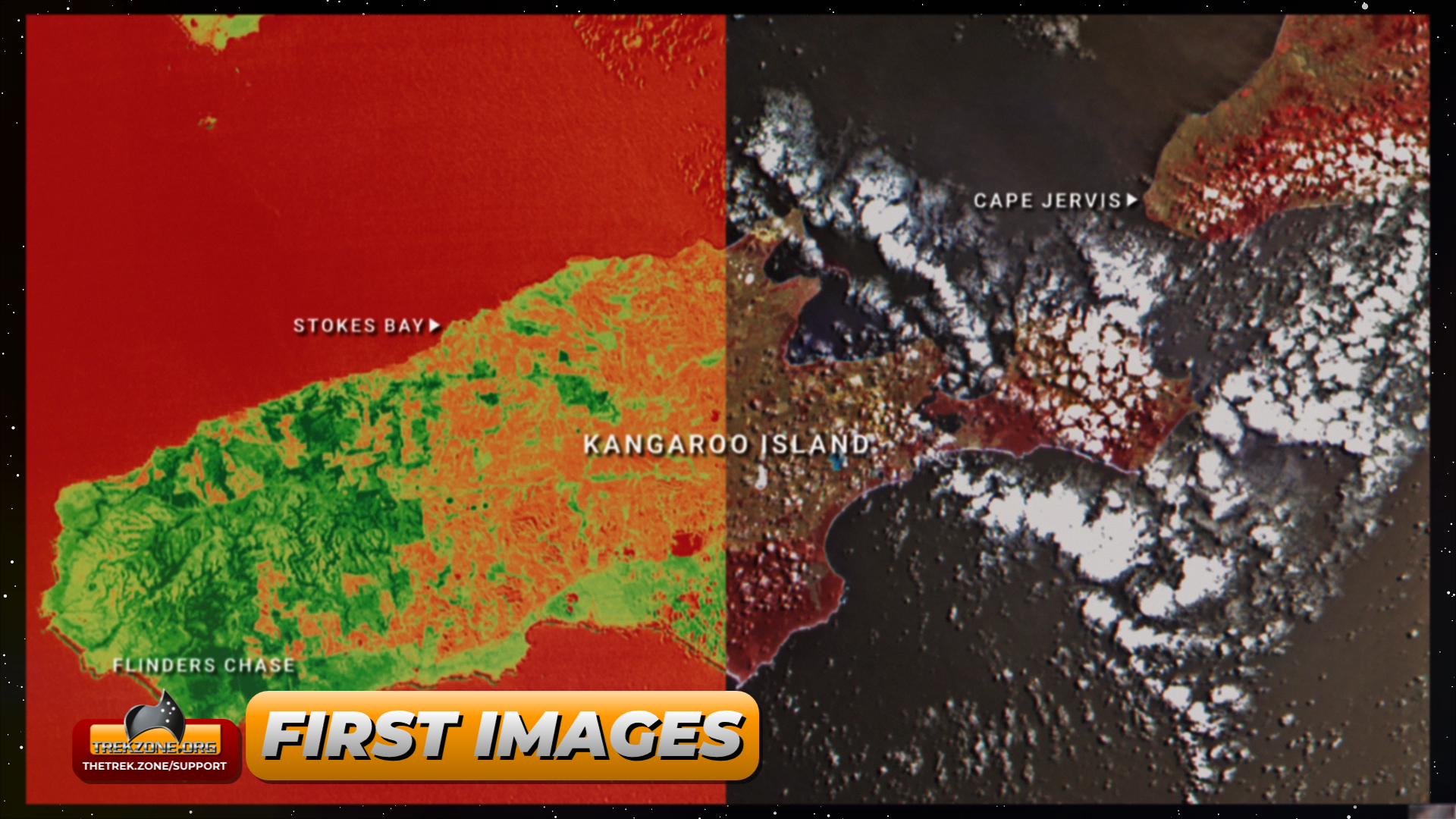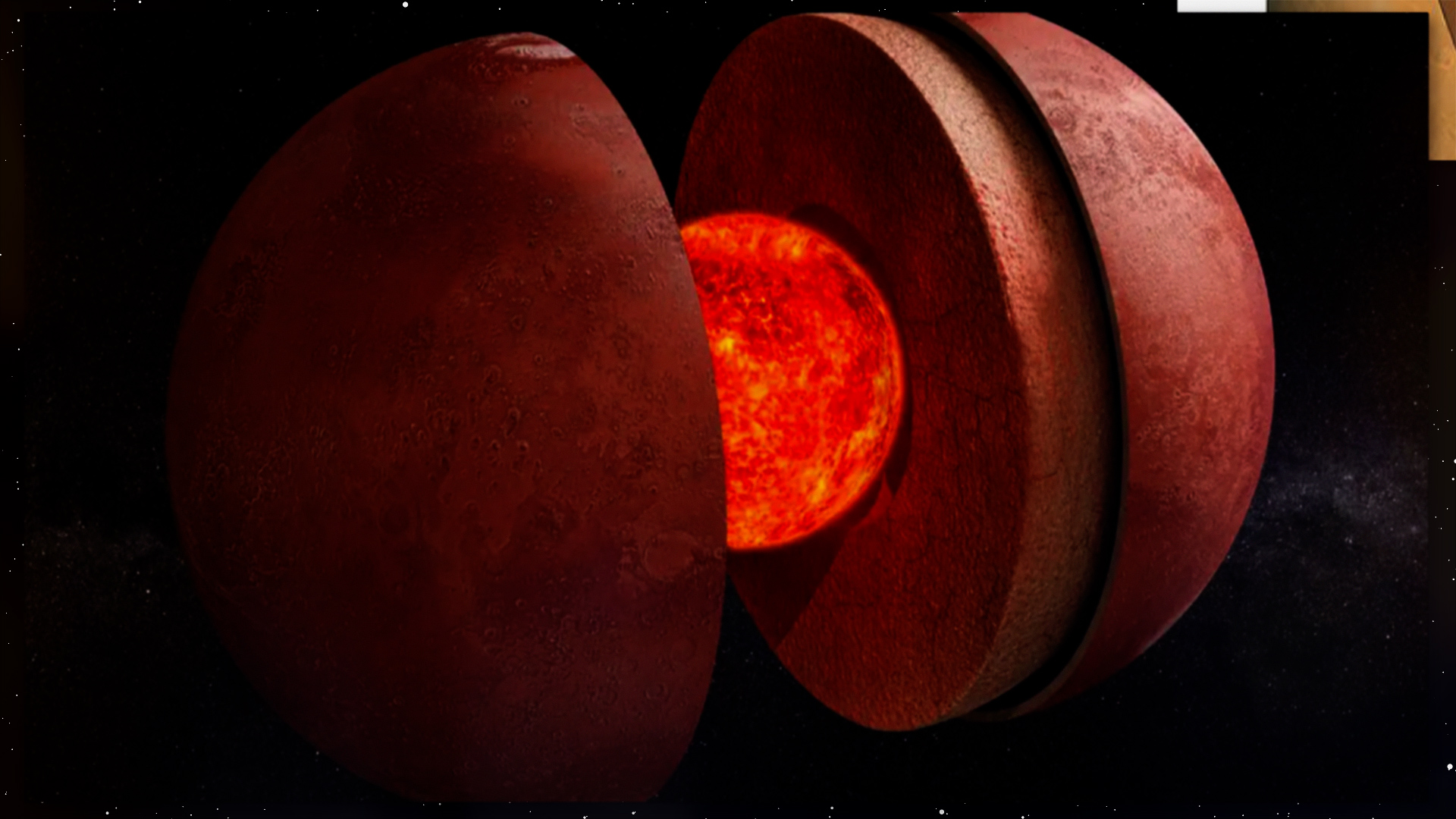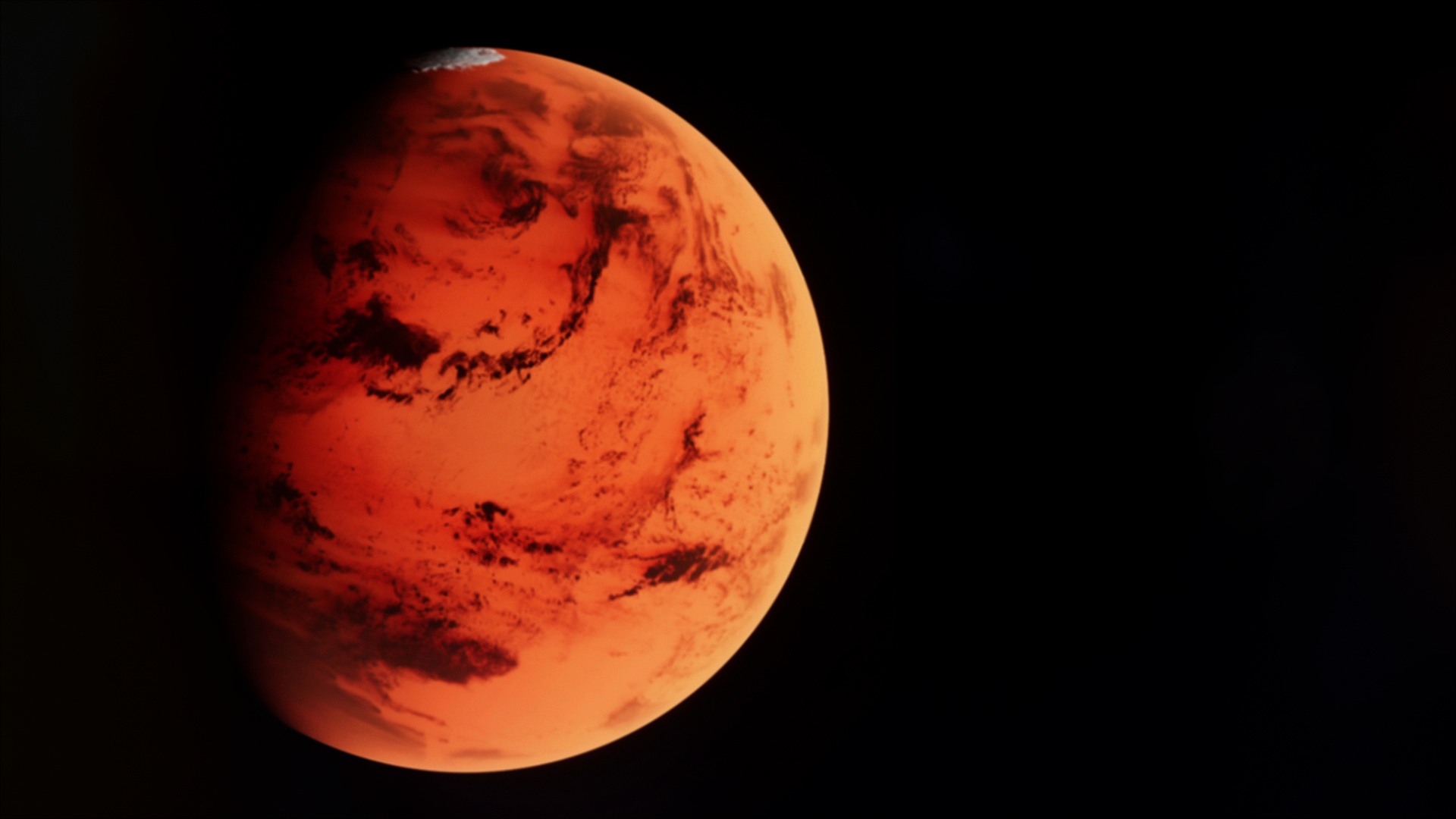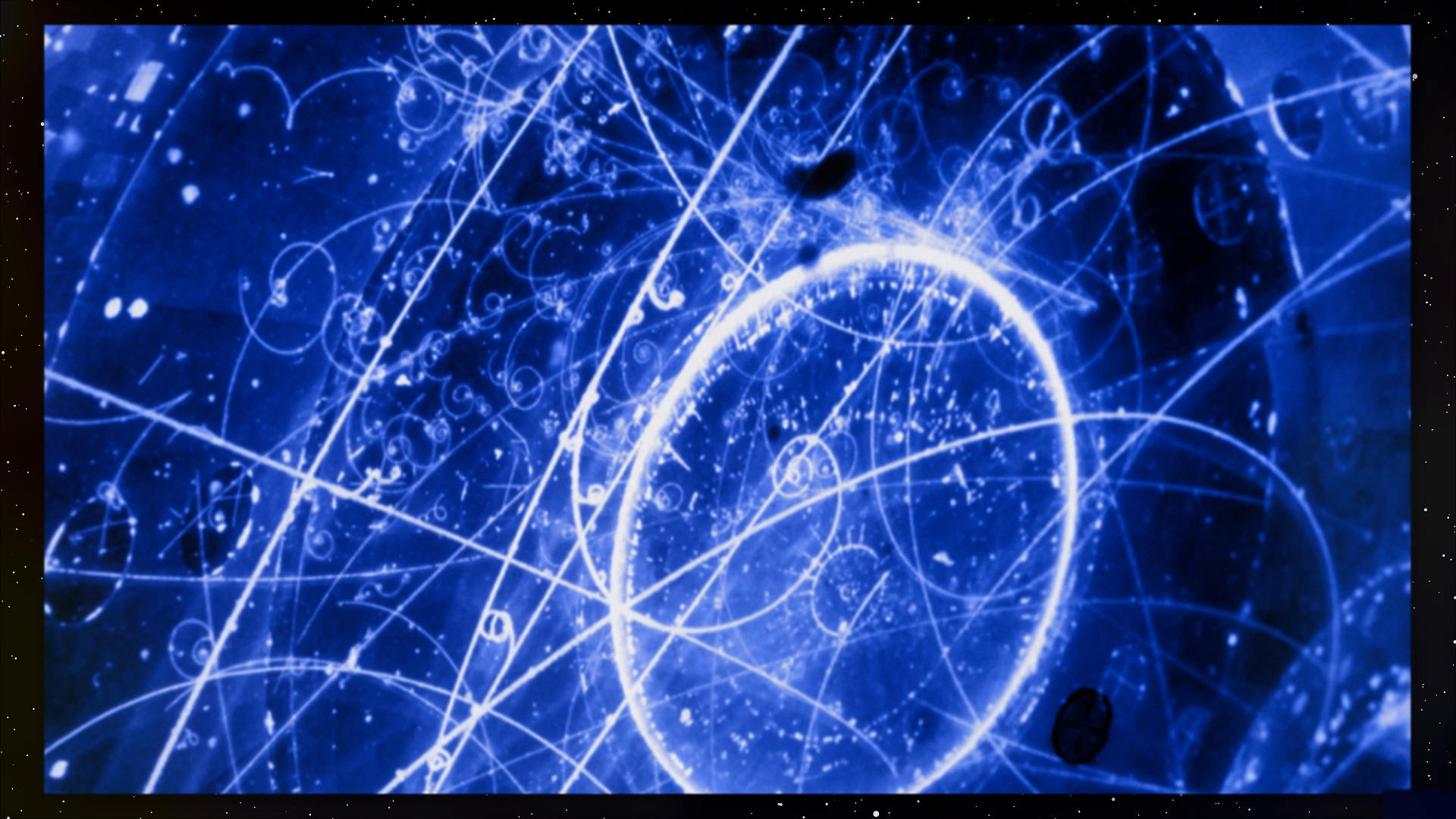The new research by Ryuki Hyodo and colleagues simulated collisions between micrometeoroids and icy ring particles using computer models, finding that high-speed impacts can lead to vaporisation of the micrometeoroids, with that vapour then expanding, cooling, and condensing within Saturn’s magnetic field to form charged nanoparticles and ions.
The simulations revealed that these charged particles then either collide with Saturn, are dragged into its atmosphere, or escape the gravitational pull of the planet entirely. As a result, the authors suggest that very little of this material is deposited onto the rings, keeping them in relatively clean condition. They suggest that very low levels of pollution may mean that Saturn’s rings are actually billions of years old and are simply maintaining a more youthful appearance.
Although further research is required, the authors suggest that this process could potentially also be occurring in the rings of Uranus and Neptune, as well as on icy moons around giant planets.

